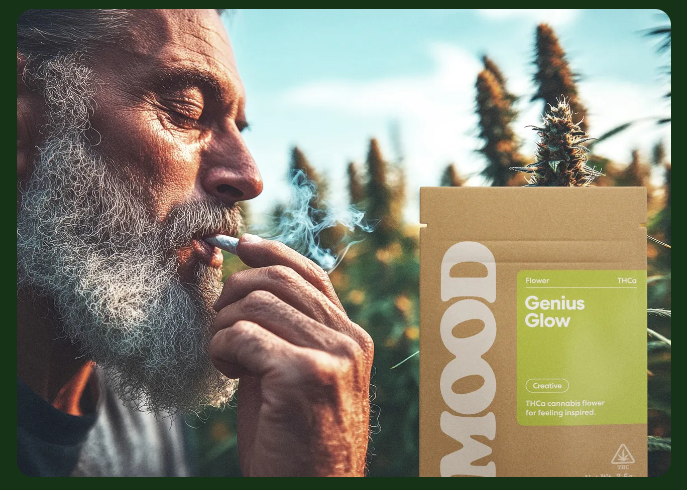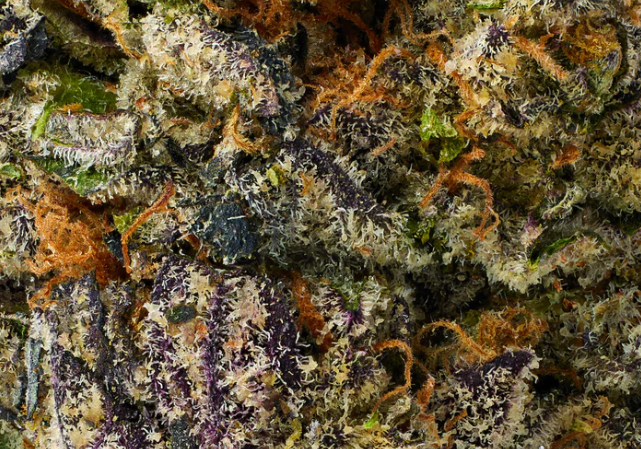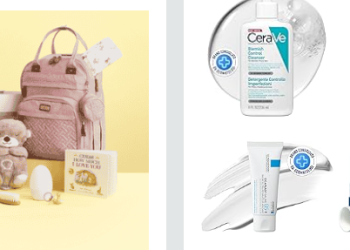In a rapidly changing wellness and cannabinoid market, few brands have coupled ambition with consistency the way Mood has. Starting with a bold promise of federally legal THC delivered with clarity and purpose, Mood has steadily built a reputation not simply as a product vendor, but as a brand that bridges transparency, experience, and scientific integrity. To understand how Mood makes a mark, we need to explore what distinguishes them, how they communicate value, and how they position themselves for the future.
Brand Identity & Market Positioning

Mood describes itself as a bridge between wellness aspirations and cannabinoid innovation. Its public messaging positions the brand as one that is serious about legality, but also about emotional resonance. They don’t just sell products — they sell experiences, framed around states like “chill,” “focus,” or “creative.”
From a market positioning standpoint, Mood seeks to occupy the intersection of three axes: legality, wellness branding, and consumer experience. This triad allows it to appeal to cautious newcomers, aesthetic-savvy consumers, and seasoned users alike.
The Pillars of What Makes Mood Special
1. Legally Sound & Transparent Operations
One of Mood foundational claims is that its products comply with federal guidelines. They consistently produce third-party lab reports, showing exact cannabinoid breakdowns, purity, and safety. That level of transparency helps mitigate skepticism in a category where consumers often question legitimacy.
2. Mapping Products to Emotional States
Rather than overwhelming visitors with chemical jargon, Mood organizes its catalog according to user goals: “Sleepy,” “Focus,” “Chill,” etc. This emotional framing converts scientific constructs into relatable intent, making it easier for customers to choose what aligns with how they want to feel.
3. Discreet Experience & Consumer Respect
Mood places a premium on discretion: clean, minimal external packaging; scent-proof materials; plain labeling. The idea is to let the experience speak, not the box. That’s a critical psychological hurdle for new customers.
4. Wide & Deep Product Assortment
Instead of relying on a narrow SKU line, Mood spans multiple formats—gummies, inhalables, vapes, concentrates, edibles. This range accommodates both newcomers and experienced consumers, allowing cross-purchasing and product exploration under one brand umbrella.
5. Engagement & Loyalty Mechanics
To foster long-term relationships rather than one-time transactions, Mood operates a rewards program and content-rich marketing. Points, perks, educational materials, and community touchpoints help cement loyalty.
6. Social Impact & Ethical Posture
Beyond commerce, Mood communicates giving back—whether it’s donations, partnerships with nonprofits, or community support. That reinforces authenticity and loyalty, especially among more socially engaged consumers.

Challenges & Strategic Risks
Even with its strengths, Mood faces perennial challenges: regulatory shifts that could reclassify THC derivatives, public skepticism, quality assurance across farms, and brand differentiation in a crowded field. The brand’s future success hinges heavily on staying ahead of legislative change, reinforcing consumer trust, and continuing to innovate in packaging, product lines, and brand storytelling.
Looking Ahead: Growth Strategy & Opportunities
One likely frontier for Mood is deeper product personalization—targeting micro-segments (e.g. daytime focus, evening wind down) with refined formulations. International expansion (in jurisdictions that permit) is another potential avenue. Lastly, strengthening content and community—forums, guided experiences, brand ambassadors—can further anchor the brand in consumer minds rather than being “just another vendor.”
Conclusion
In an intricate space where legality, wellness, science, and branding all intersect, Mood demonstrates that success is rarely about a single breakthrough—it’s about executing well across many dimensions. By combining legal rigor, emotional framing, broad product reach, user experience focus, and brand authenticity, Mood is more than a competitor—it’s a case study in how to build trust in a complex, shifting market.

















